Everything, Including the French Alps, Looks Better on Slide Film
Modern life is a beige, pastel-washed blur. The world used to speak in punchier colours. Slide film remembers.
We took the train from Berlin to Chamonix, a 12-hour ride. Berlin to Basel, Basel to Biel, Biel to Renens, Renens to Geneva, Geneva to Chamonix. Our cat Clarisse was along for the ride. What I love about travelling by rail is that you get an appreciation for how the landscape slowly changes and evolves. The first two hours, Berlin to Wolfsburg, are as flat as a pancake as we glide along the European Plain, the continent’s largest mountain-free landform, stretching from the Pyrenees in France to the Ural Mountains in Russia, marking the eastern boundary between Europe and Asia.
This is North German flatness: a meat-and-potatoes landscape of deadpan fields and orderly wind turbines interspersed with the occasional brick village. About 40 minutes further on the ICE train, the landscape becomes mildly spicier once you pass Göttingen, think undulating hills, a pastoral Brothers Grimm domain.
From there, the terrain becomes ever more hilly as you pass through Frankfurt and then alongside the Black Forest, past Freiburg, before crossing into Switzerland and the border city of Basel. We had seven minutes to swap platforms and catch a regional Swiss train. There, we played a game of music trains, hopping from one platform to another, swerving and weaving through the Swiss Jura and along Lac Neuchâtel and Lac Léman before arriving at Geneva Airport 11 hours later. From there, we waited for my aunt and mum, who were flying in from the UK, and once they picked up their rental car, we drove one hour up to Chamonix.
This was ostensibly a spring skiing trip. I’ve written about my feelings regarding skiing in the Alps since I was last in Chamonix in December, so this time, the focus will be purely photography. You can read that piece here. I brought four rolls of slide film: Fujifilm Velvia 50 and 100, Provia 100F, and Kodak Ektachrome 100. I also brought along a solitary black-and-white roll of Fujifilm Neopan Acros II and several cheap and cheerful colour rolls of Kodak Gold 200.
I was incredibly excited, yet nervous, about shooting the slide film. For those unfamiliar, slide film produces a positive image, unlike negative film, which requires interpretation when printing or scanning. You can hold the developed film up to the light and see the final photo, with colours and contrast intact. It’s tangible. Immediate. And when you get it right, the colours are rich and vivid, with deep blacks and natural contrast.
But slide film isn’t for the faint-hearted. It has almost no exposure latitude. If you mess up your metering, especially the highlights, they’re gone. Blown-out skies? Too bad. But when you nail it, the results are phenomenal.
There’s more to it for me, though. I associate slide film with my childhood. My mum, who worked as a tour guide, was constantly jetting off to places like Iceland, Madagascar, Norway, Tanzania, etc. When she returned, she’d have friends over for dinner and put on slide shows with a projector to show off her photos. The colours and sharpness were incredible. But more than that, there’s something deeply nostalgic about it.
Slide film, for me, is wrapped up with the feeling of adventure. It’s how I remember seeing the world for the first time, through faraway places, through my mum’s projector, through those impossibly vivid colours. I suppose the fact that these are the same film stocks used in old issues of National Geographic doesn’t hurt either.
The Alps, particularly the Mont Blanc region, felt like the perfect place to shoot slide film. The rich colours lend themselves well to high-mountain landscapes. But it’s also a tricky environment to shoot in. The bright white of the snow contrasted with the deep shadows cast by mountains, and the mid-tones from forests and tree cover make it hard to meter and properly expose a scene. This isn’t a problem with negative film, which has a very generous exposure latitude. Let alone with digital cameras, which can expose a scene perfectly every time.
But where’s the fun in that?
Over the next few days, I carried my Leica M6 with two lenses in my backpack. I shot the occasional frame while riding the chairlifts at Chamonix in France, Courmayeur and La Thuile across the border in Italy. I’ll be honest: I blew several frames, botched the metering, underexposed whole scenes, or completely lost the highlights. But it was my first go, and I’m delighted with how many of them turned out.
That said, I’ll need to be disciplined not to let this become a regular habit. A single roll of Fujifilm slide film now costs €22. Kodak Ektachrome 100 retails at €26. Then there’s €5 per roll for development. I saved a bit by scanning the film at home, which was great since it gave me full control over how the final images looked. A few frames had a noticeable magenta cast, but adjusting the white balance in Capture One wasn’t too tricky.
I was also incredibly pleased with how my Neopan Acros II shots turned out. But when I compared my Kodak Gold 200 photos to the slide frames, they felt… dull. Lifeless, even. There's no going back once you’ve seen those saturated, high-contrast slides on a light table. In fact, I’m so impressed that I’ve started trying to replicate the slide film look with my digital images from the Leica M11. They’ll never be identical. Digital images have better sharpness, resolution, and all that. But I think I’ve managed to get about 80% of the way there.
So, what does this mean going forward? I simply don’t have the money to make slide film my regular analogue choice, but I could see myself shooting 12 to 15 rolls a year. What I love about slides is that they’re an antidote to today’s world of muted colour palettes. Today’s fashion, interiors, and even global brands are all becoming less colourful and blander, more uniform and dull. And I think this is leading to sensory deprivation and making everyday life less rich.
Everything about slide film is a visual flavour bomb, and it reminds me of what a quirky yet optimistic time the 90s felt like as a child. The opposite of pastel-hued film stocks like the absurdly overpriced Kodak Portra 400, which is what Prozac would be if it were a 35mm roll of film. So no, slide film won’t become my everyday stock. It’s financially irresponsible and emotionally risky. But I know where to turn when I want something unapologetic that cuts through today’s beige dystopia, like my mum’s projector-beam slicing across a '90s living room full of her and her mates. Slide film doesn’t record a scene. It burns it into memory.
You’ve made it to the end
Congratulations. If you enjoy subjecting yourself to more of this, consider recommending my Substack to a friend or leaving a comment. Normally I post once a week, but I’ve been super busy and just couldn’t find the time, hence why I am late. Normal schedule will resume from now on. Follow me on Instagram or Bluesky (if you’ve had enough of our tech overlords).





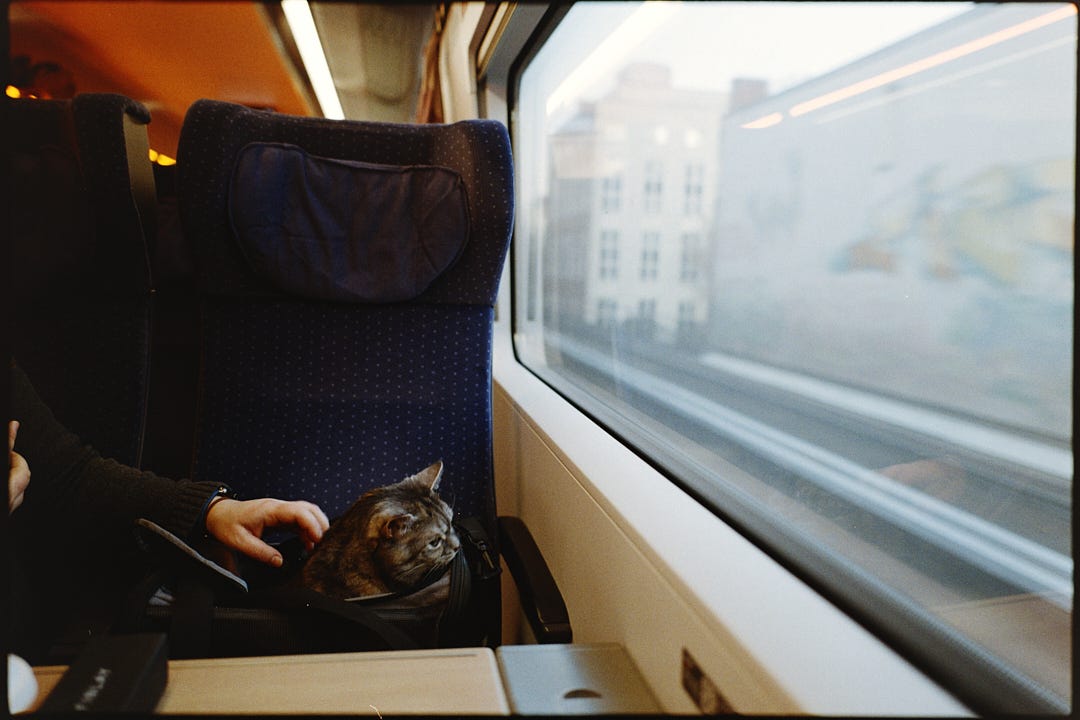
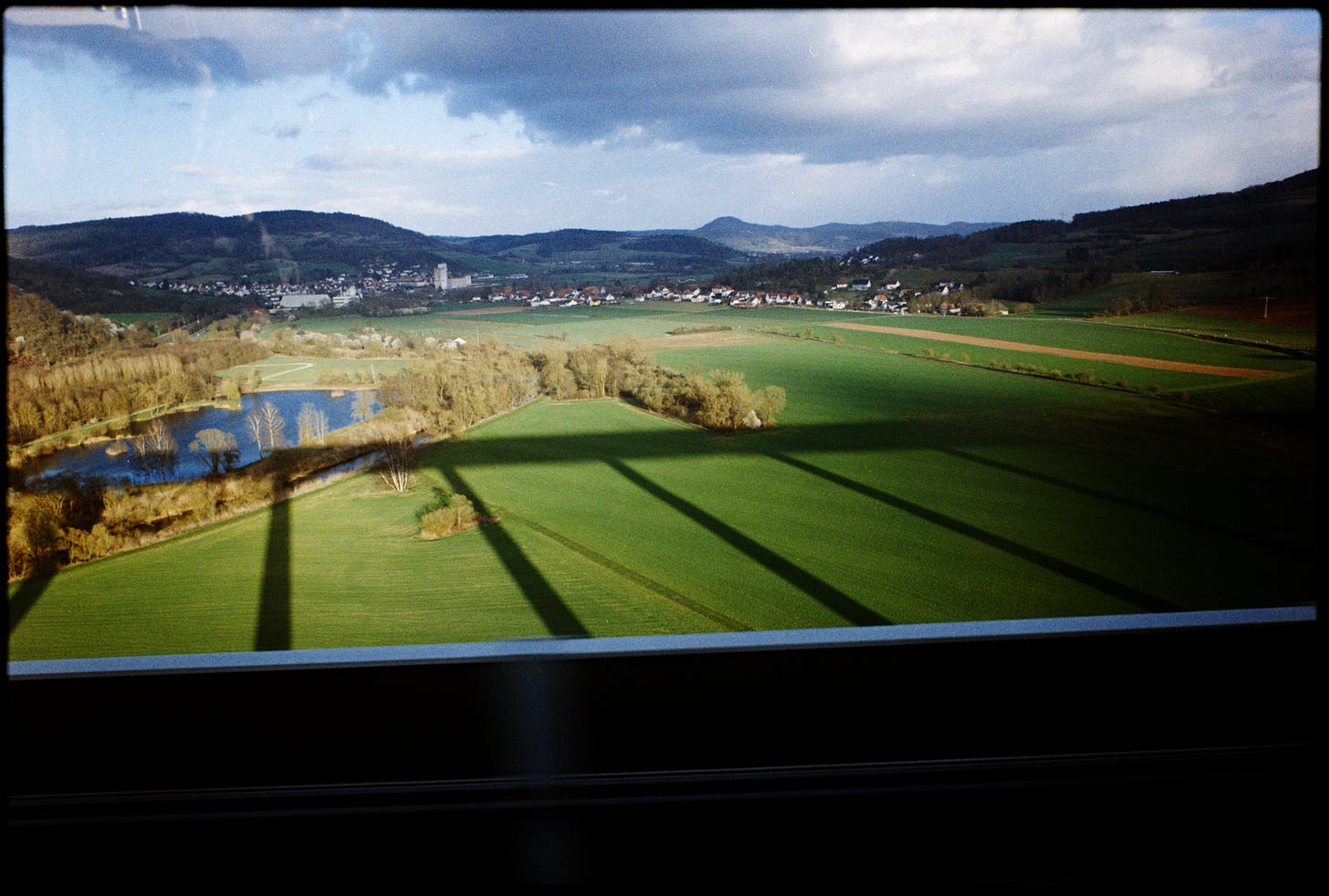

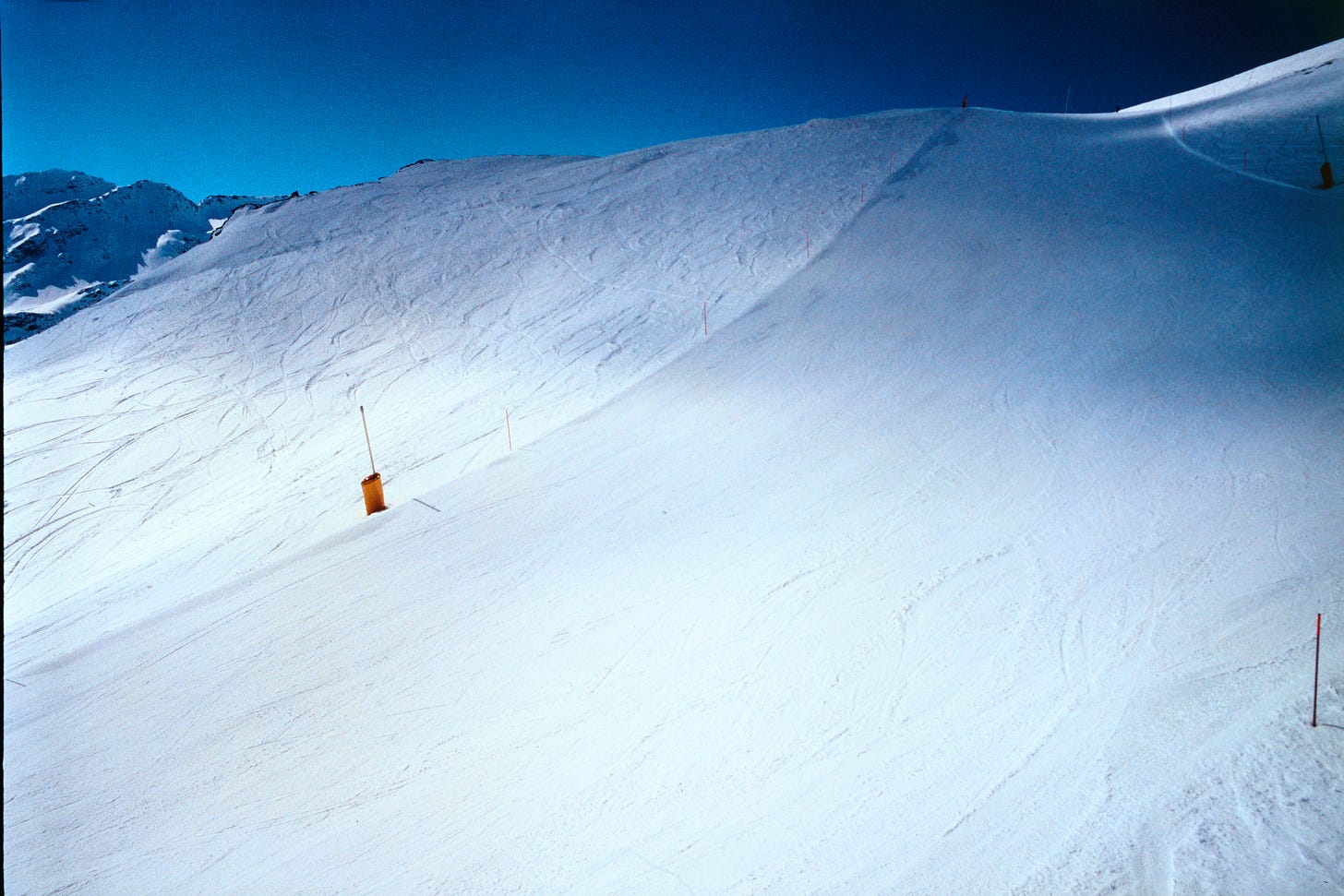

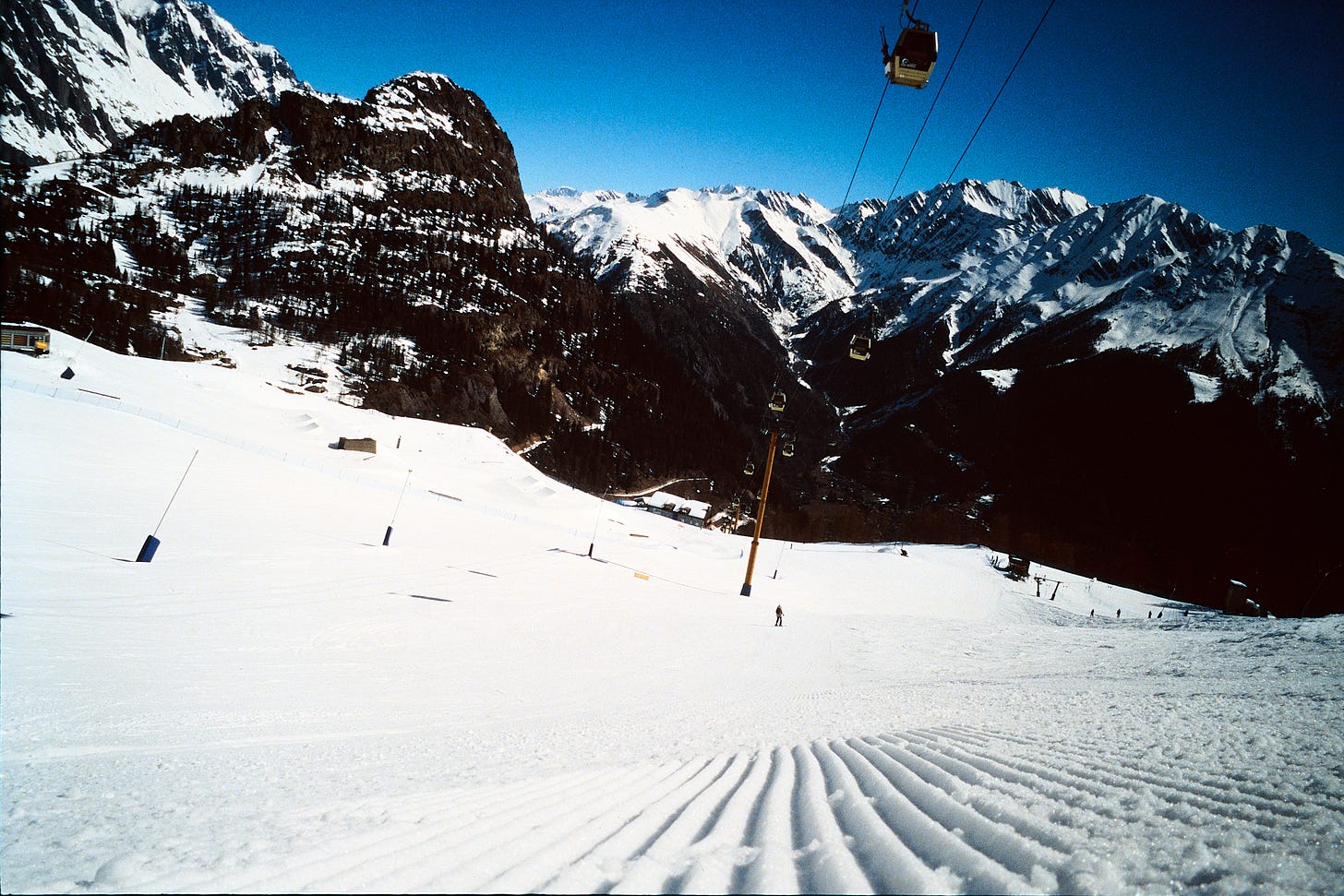
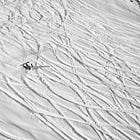

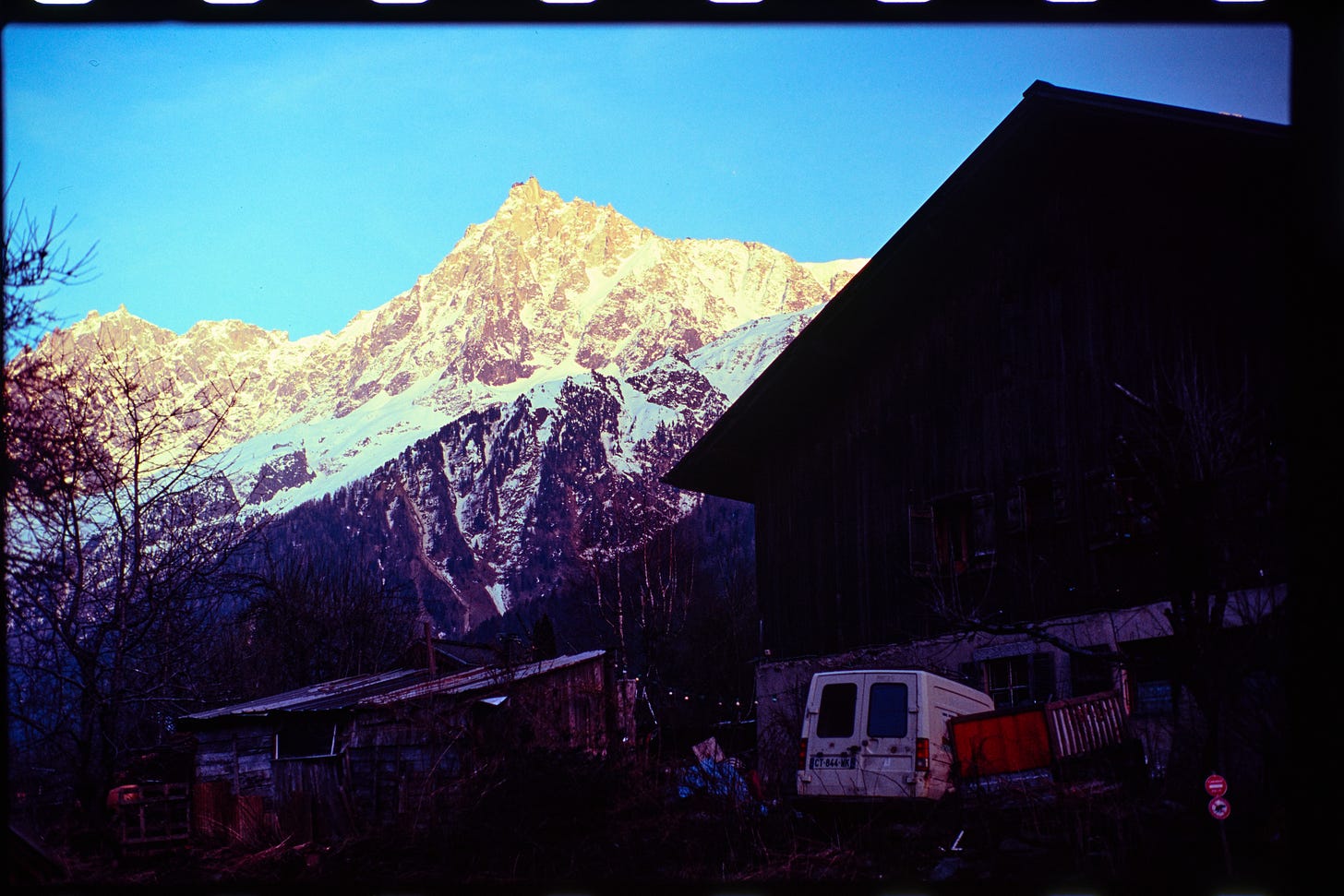
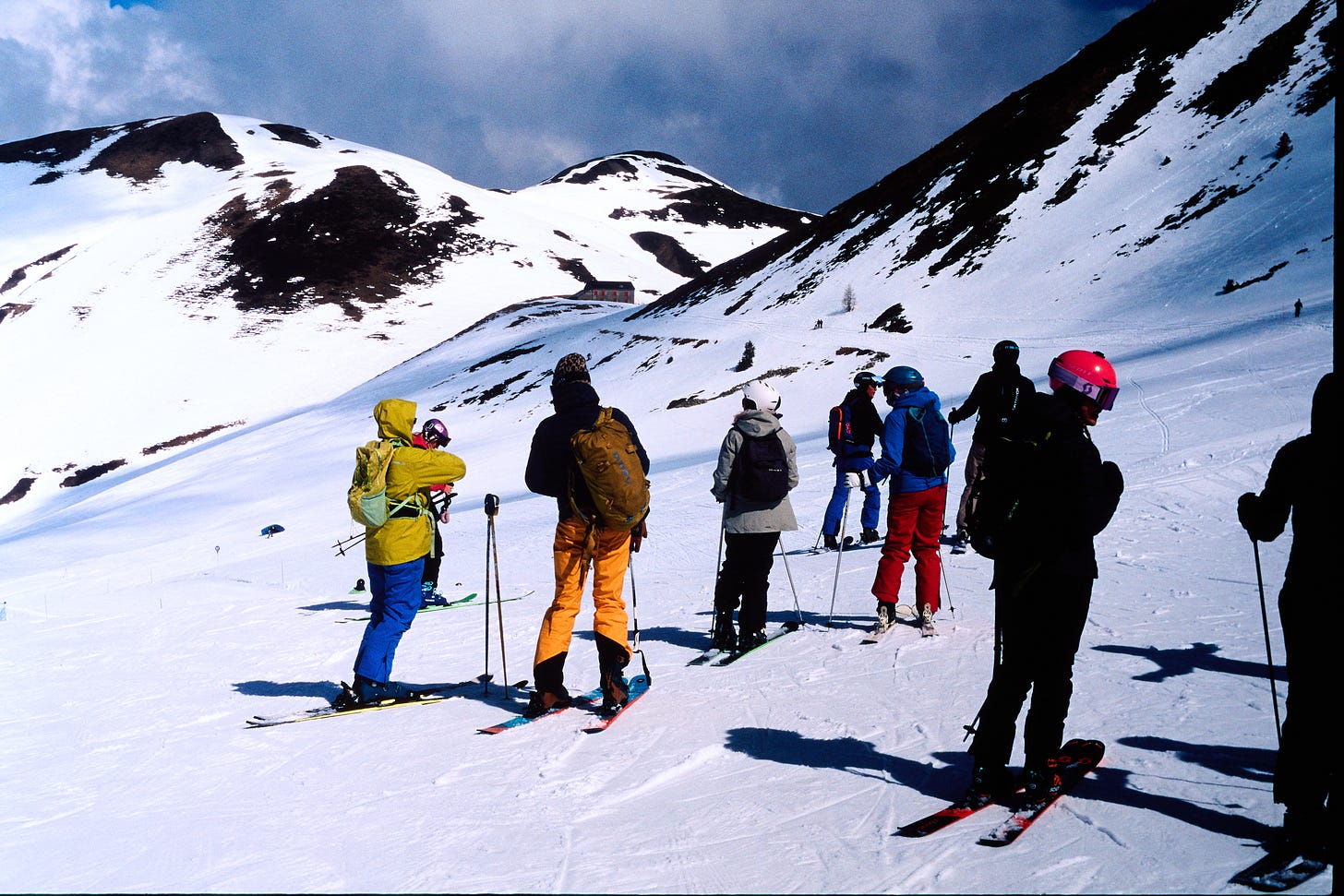



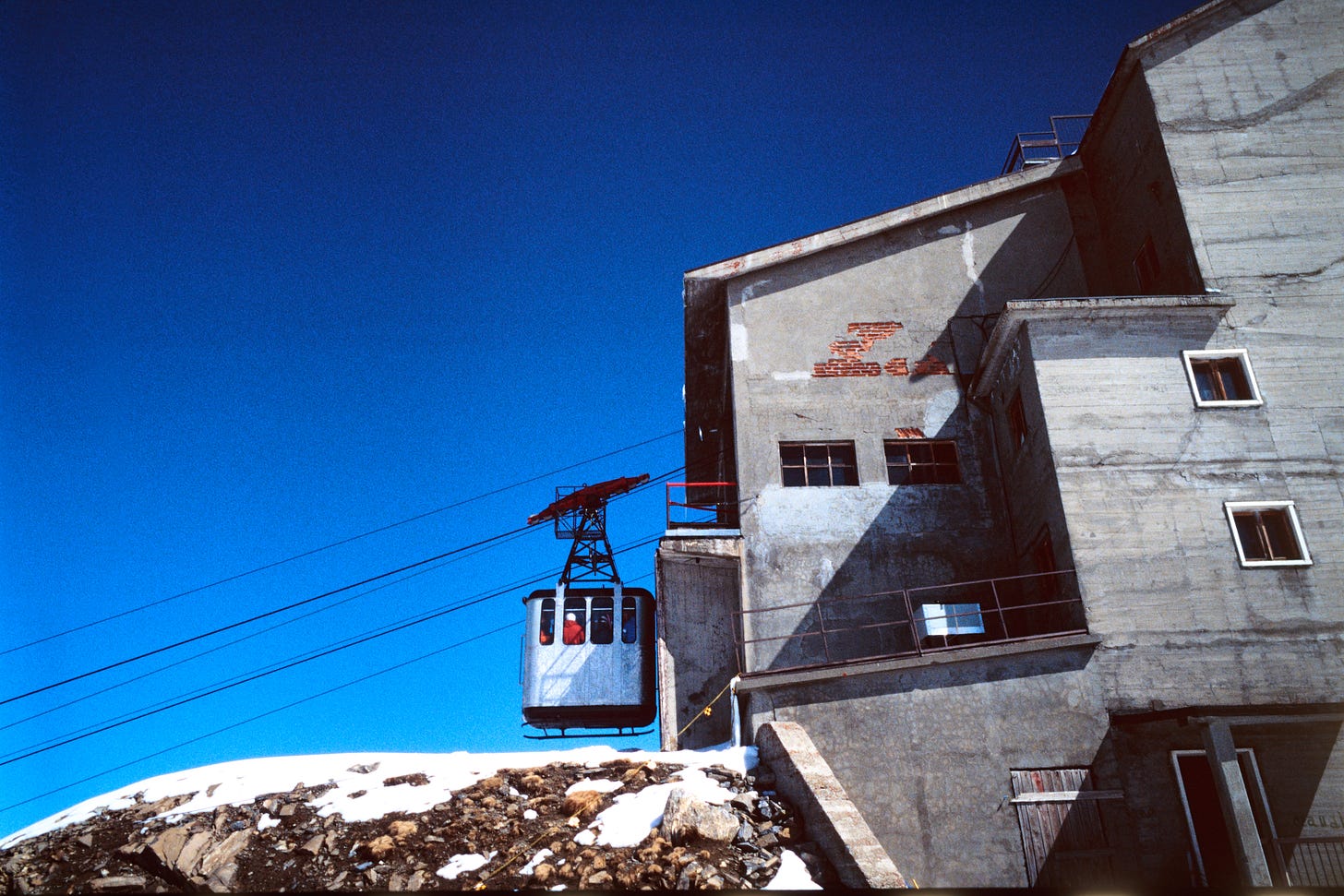
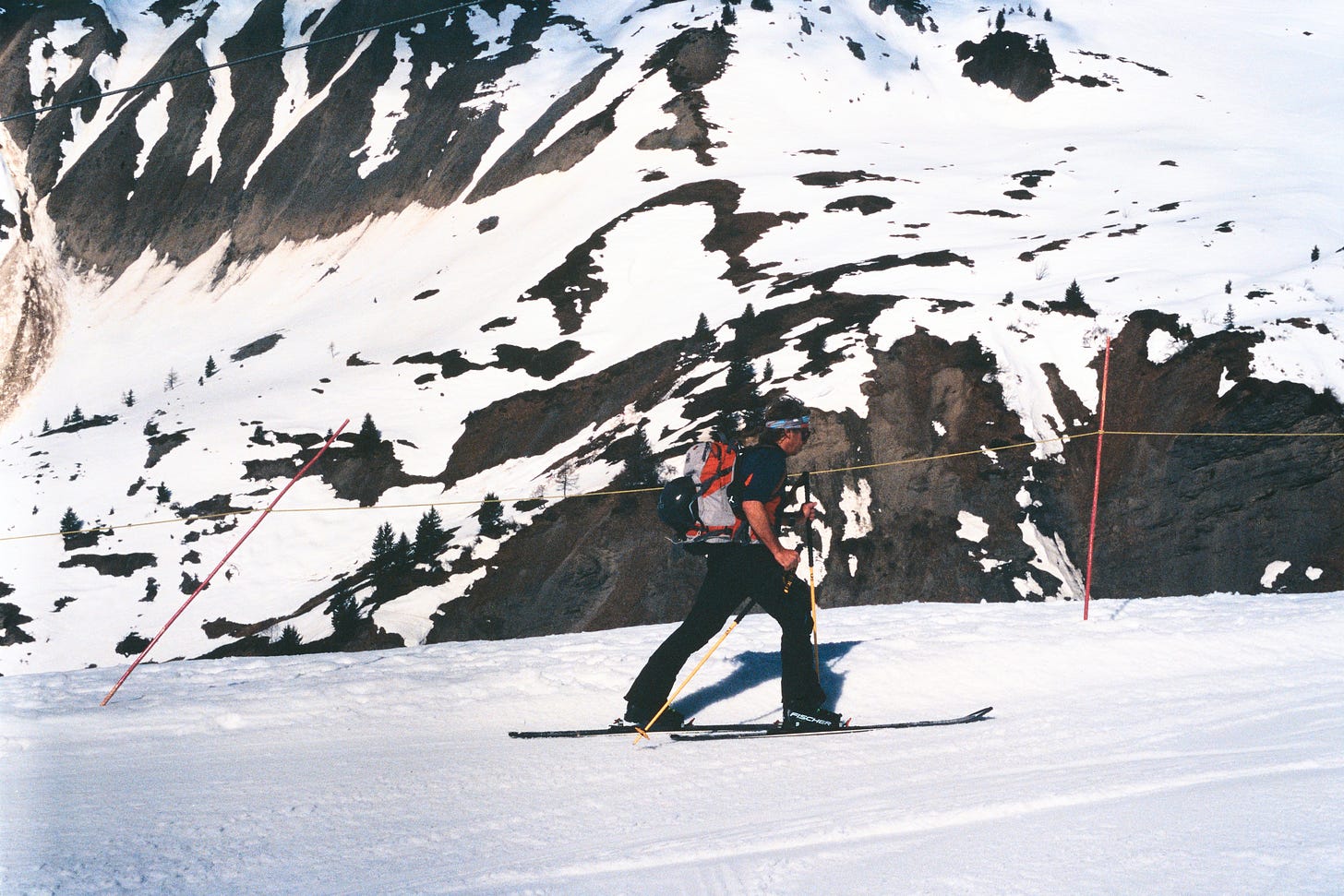


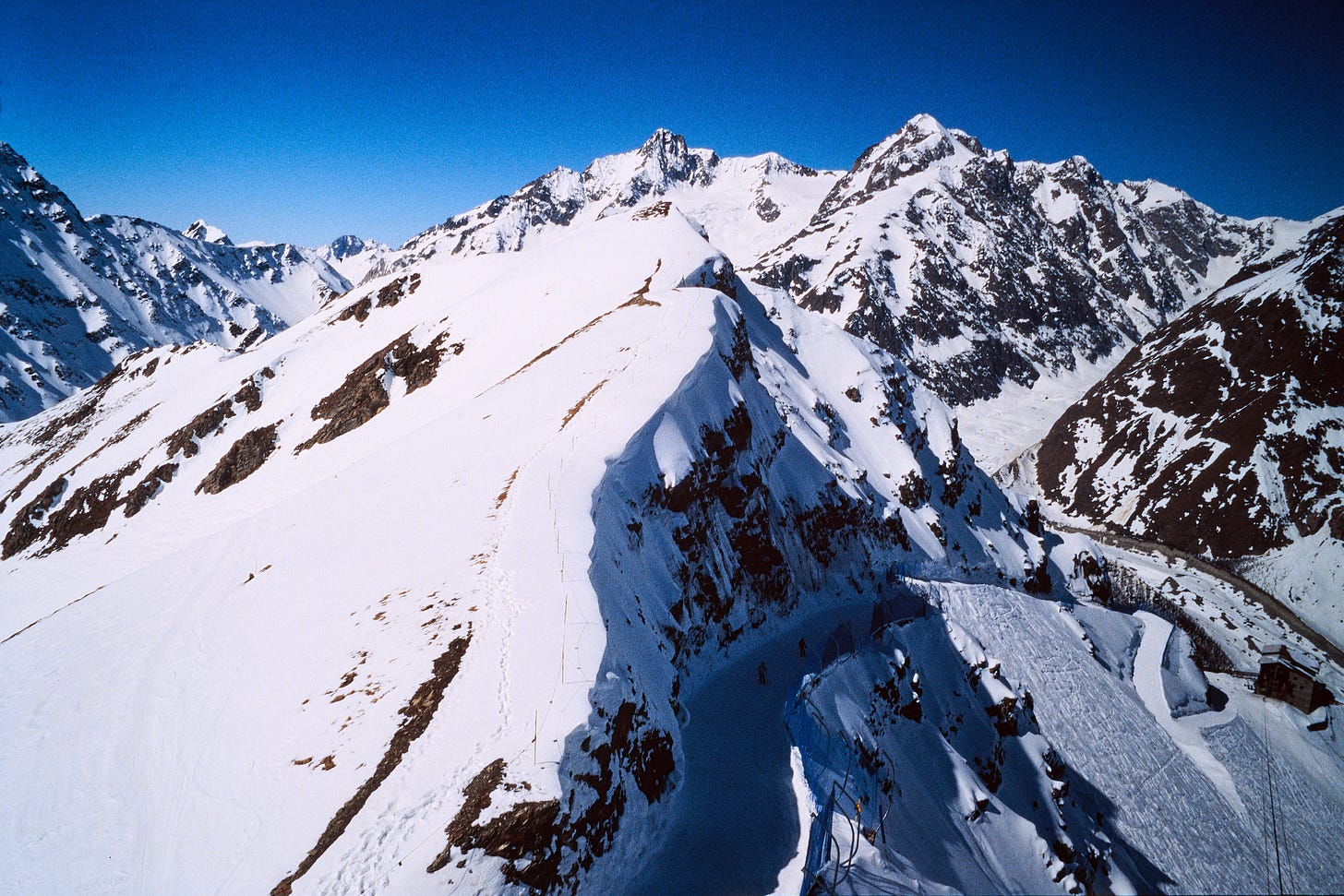

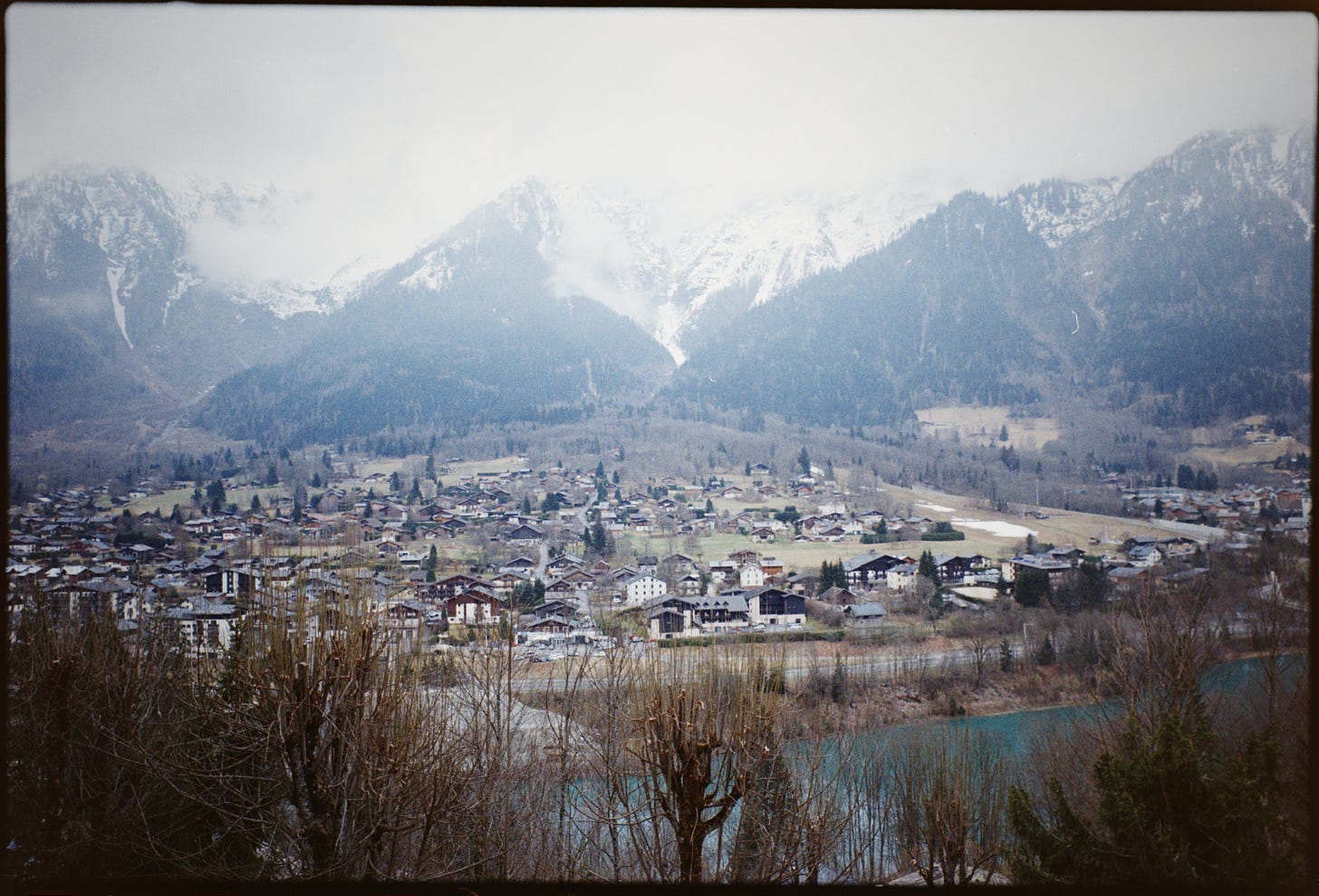

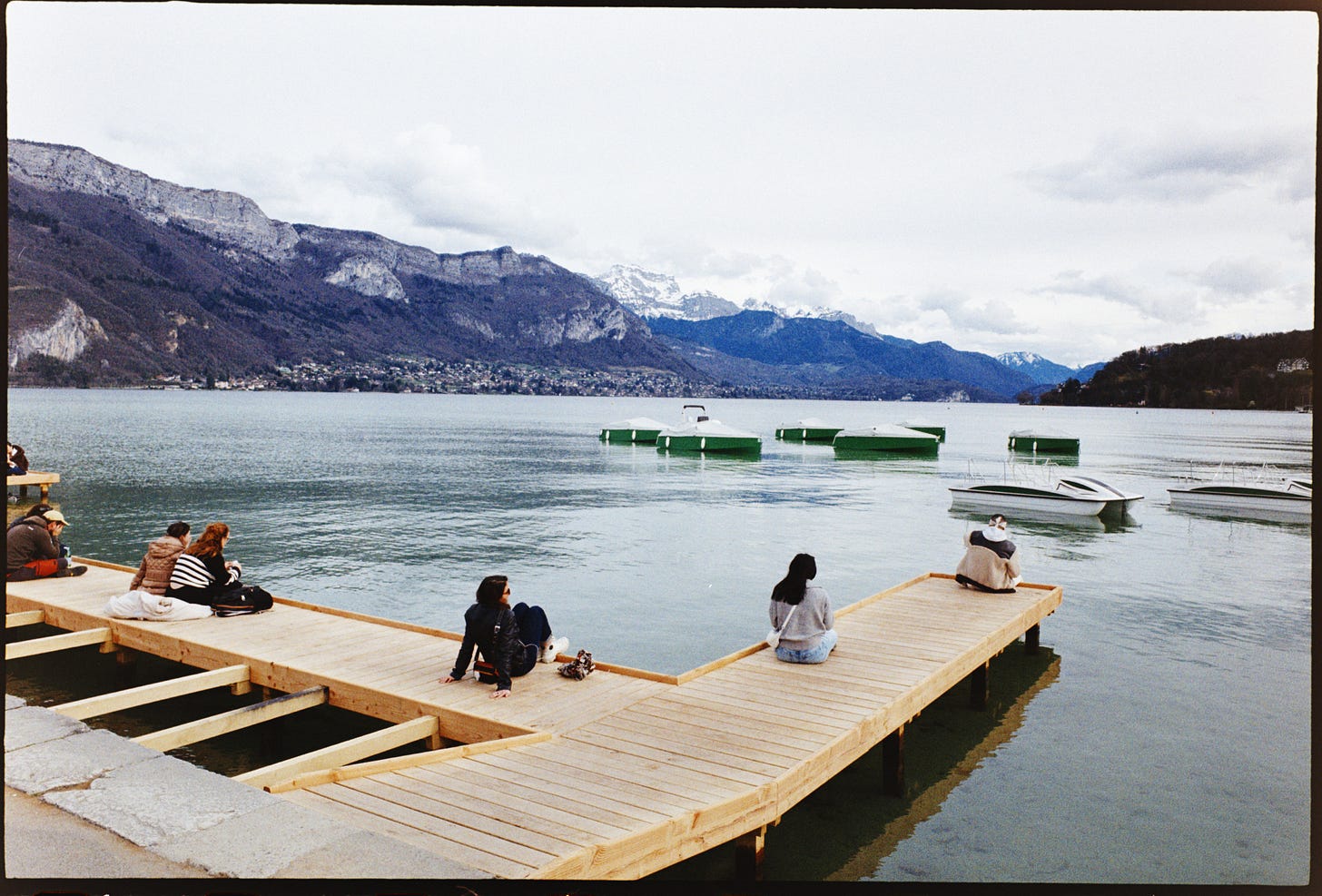


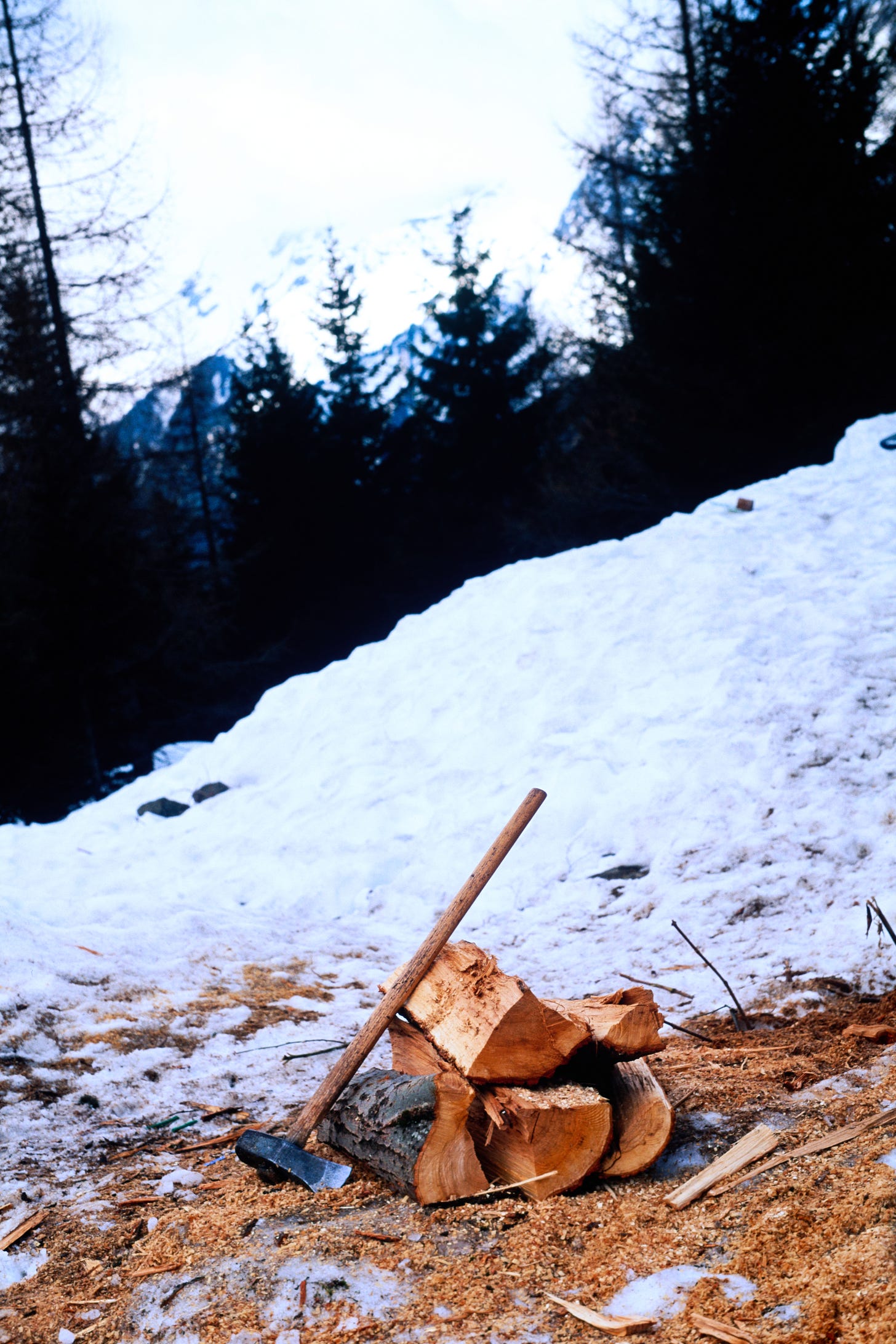


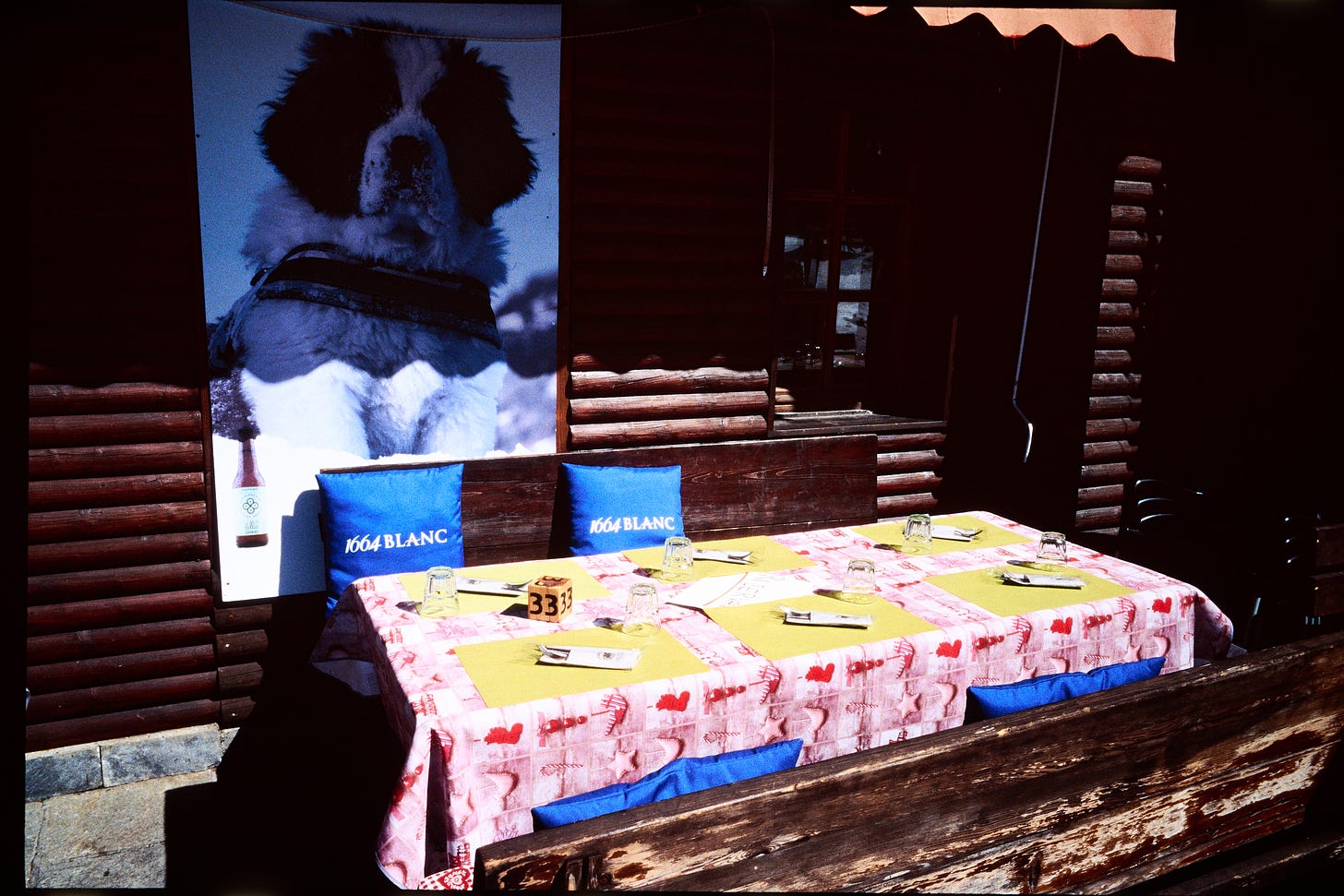

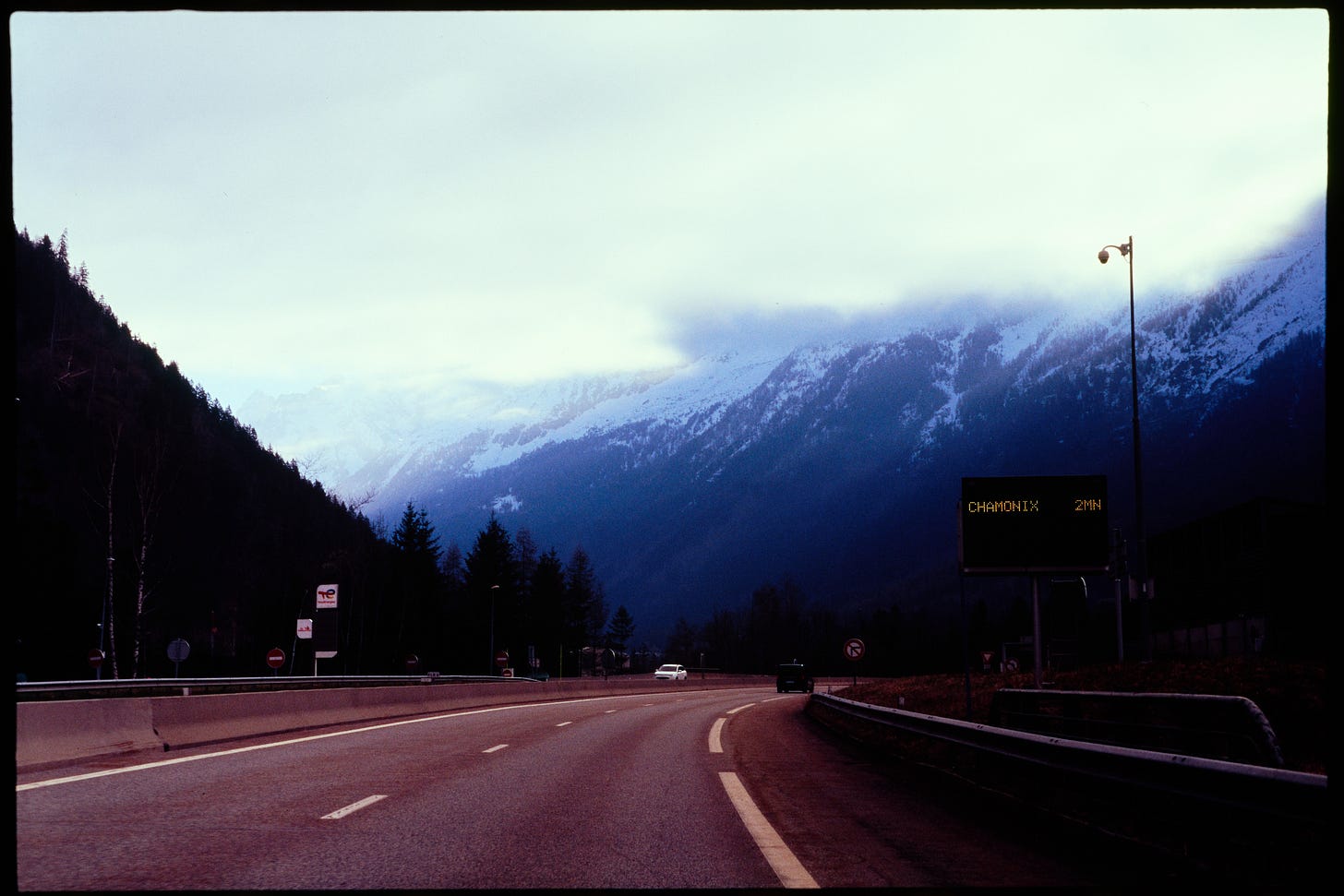


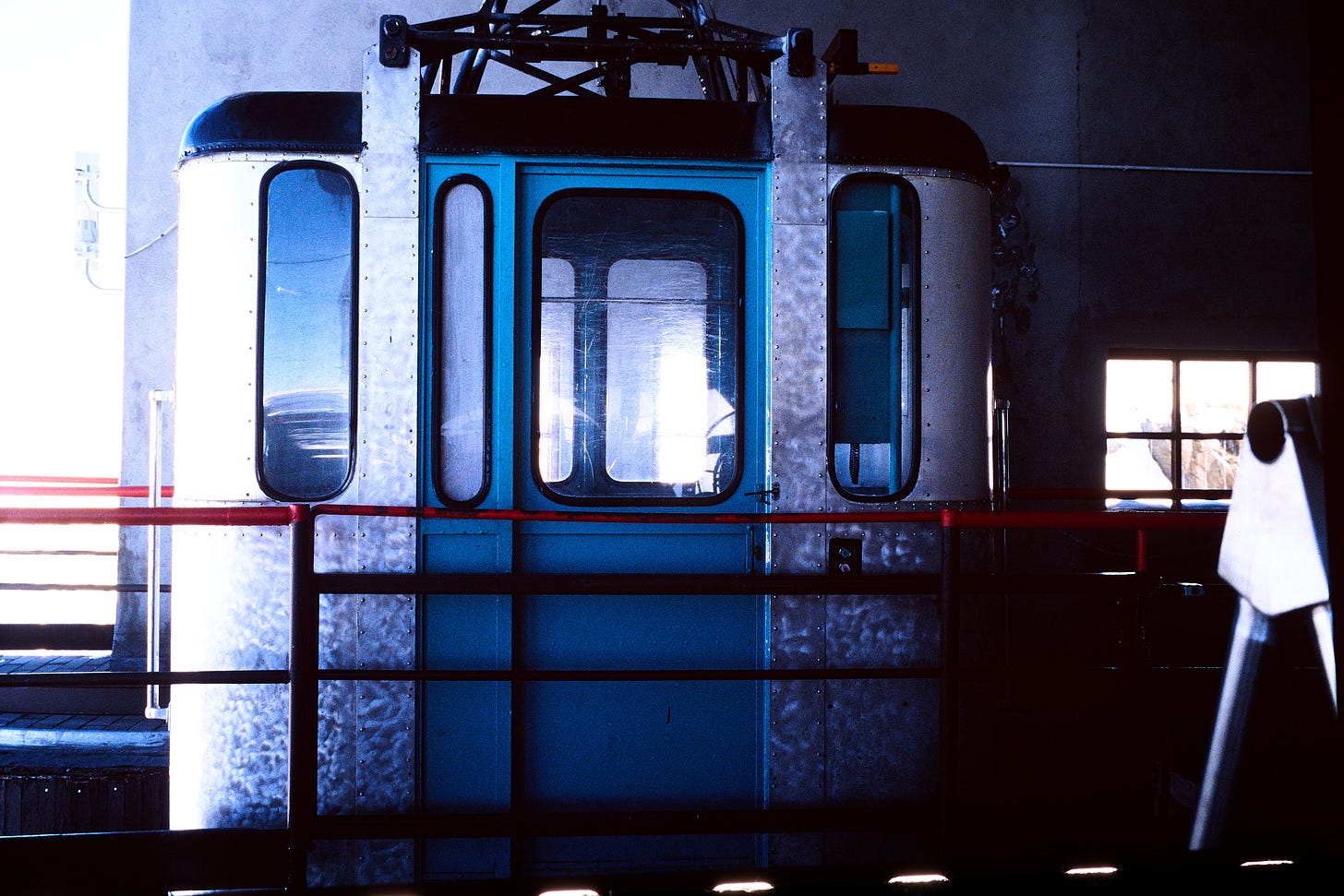



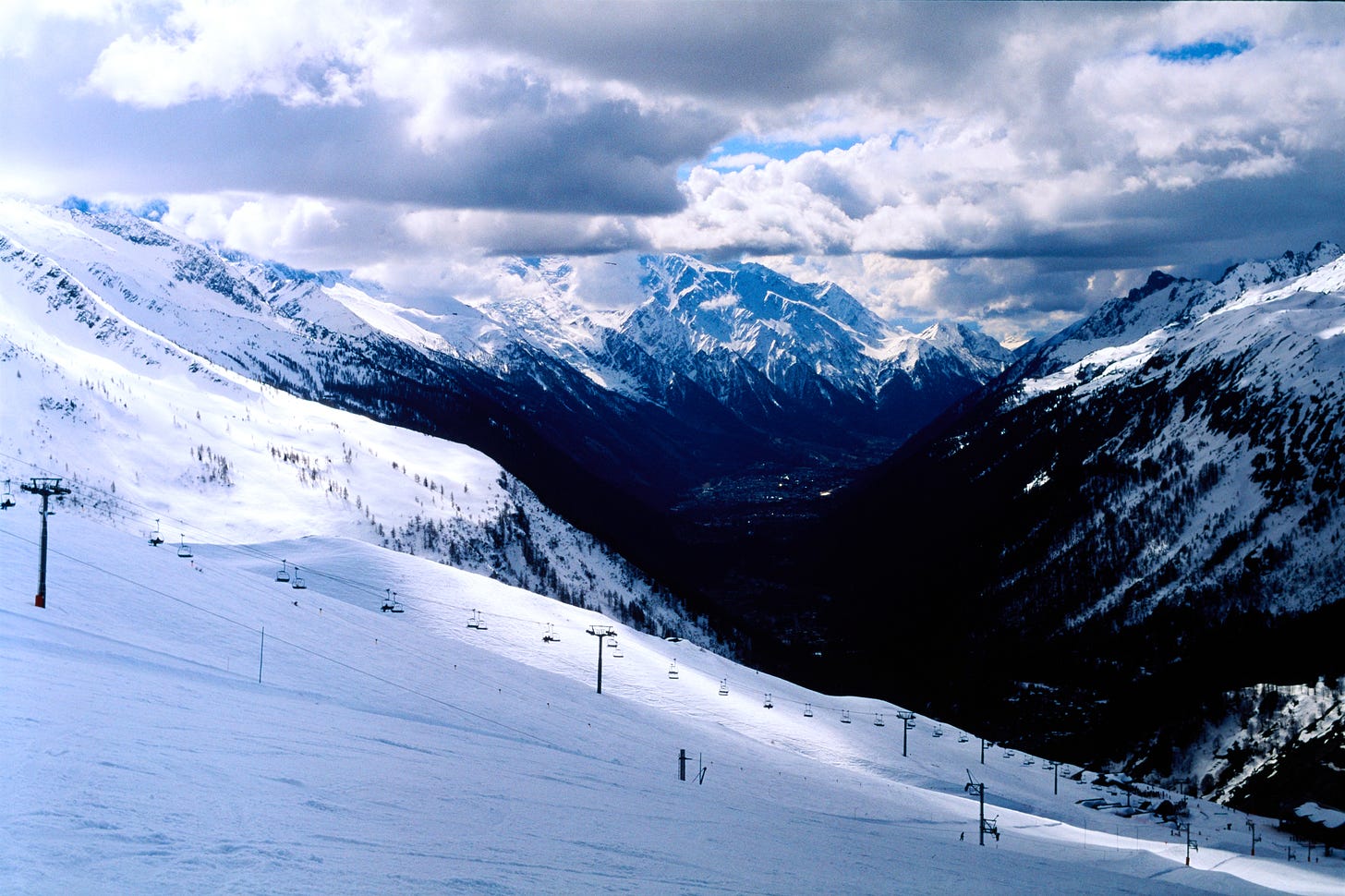
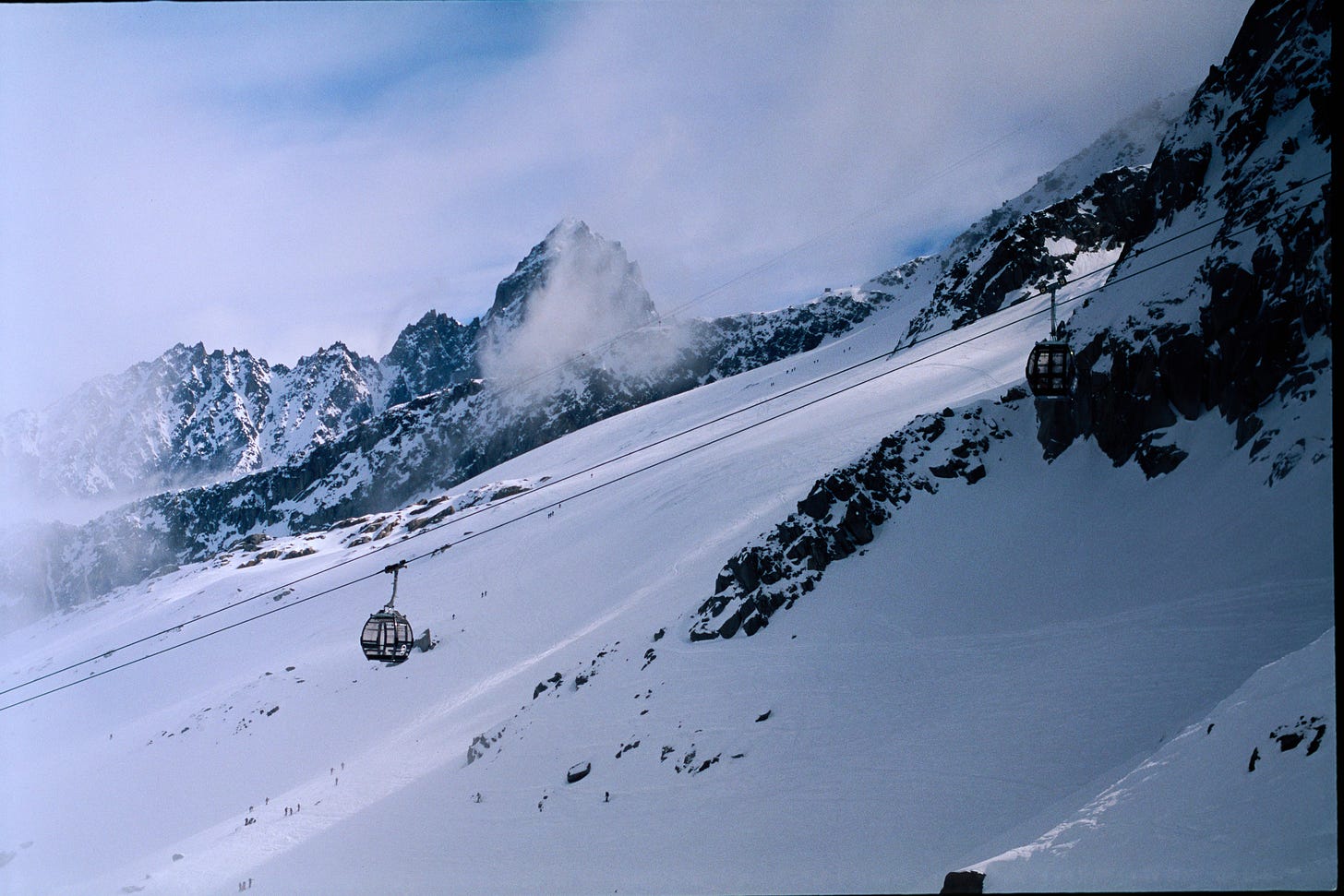


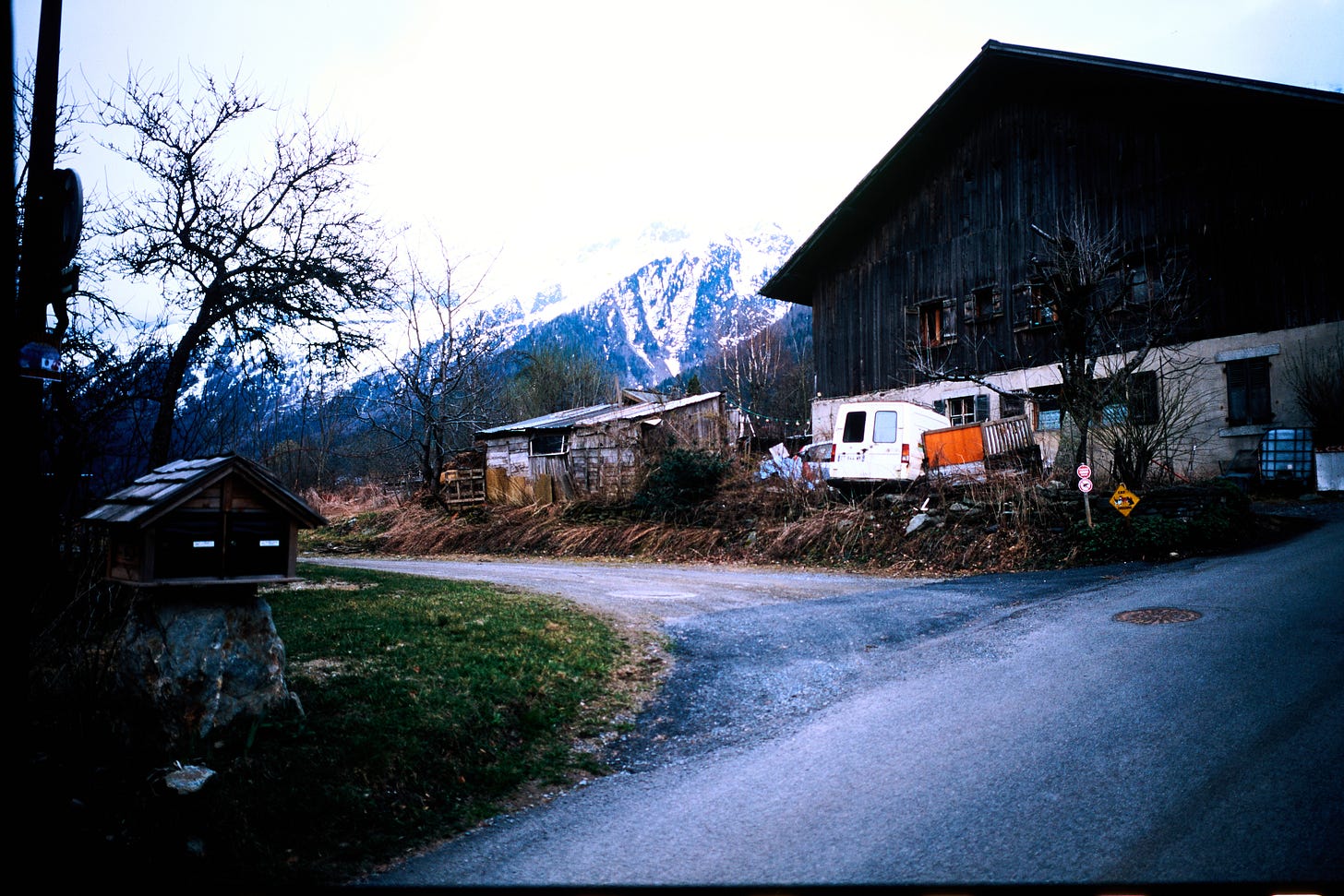
Great article Ari, skiing is such a good subject for slide film, you have to look closely to realise the equipment is modern otherwise it transports me straight back to the 1970’s. And it’s good to see that I can still spot a Velvia image without the need to read the caption. 👏
I agree with you. The slide film is so vibrant the colors practically jump off the images! - Beautiful work!